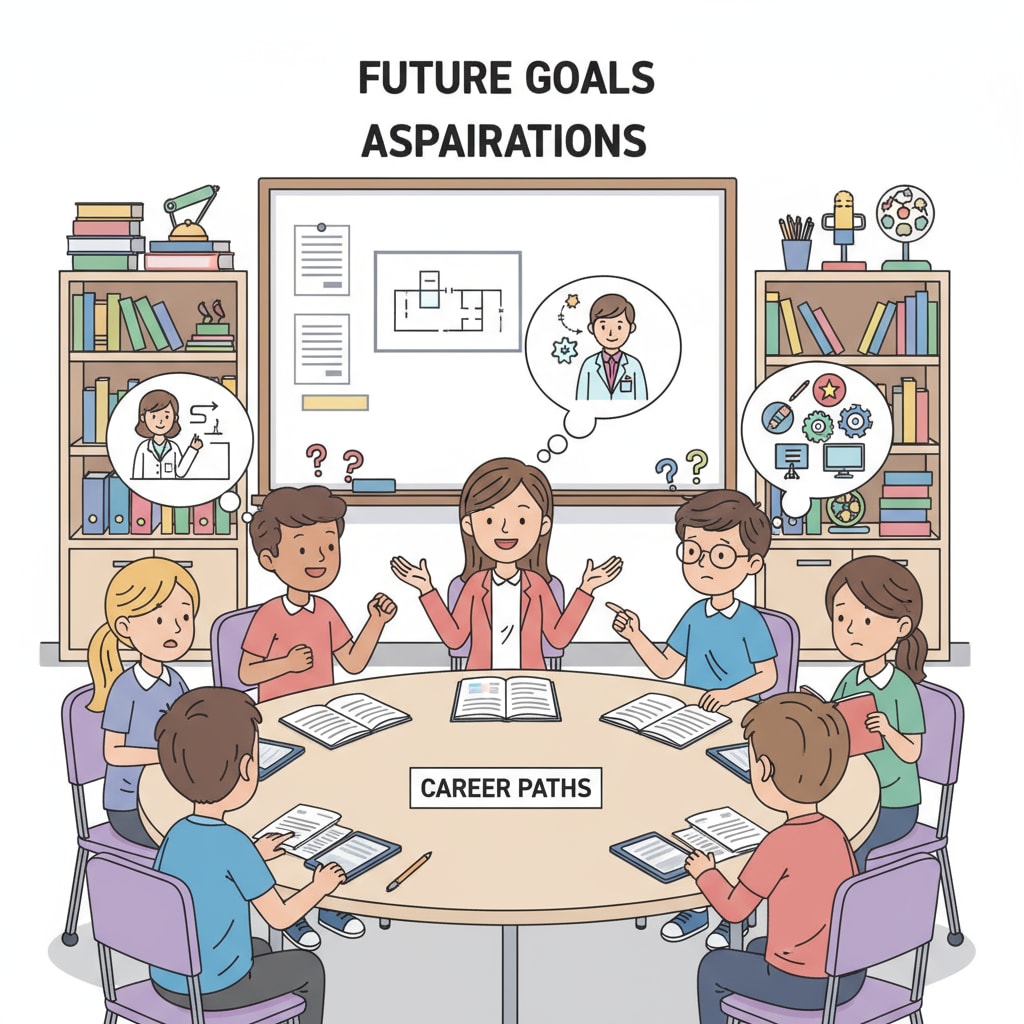In today’s ever-changing job market, students often grapple with the difficult decision of whether to pursue their dream careers amidst employment concerns. Career planning at the K12 education stage plays a crucial role in helping them navigate this complex landscape.
The Dilemma of Dream Careers and Employment Concerns
Many students enter the K12 education system with bright-eyed dreams of future careers. They may envision themselves as artists, astronauts, or doctors. However, as they approach the end of their K12 journey and start considering college and future employment, the harsh reality of the job market sets in. Uncertainty about job availability and future prospects can make them question whether their dream careers are achievable. For example, the field of art may seem glamorous, but the competition for jobs is fierce, leading to concerns about financial stability.

The Role of K12 Education in Career Planning
K12 education institutions have a responsibility to help students bridge the gap between their dreams and the realities of the job market. Firstly, reforming vocational education is essential. By integrating practical vocational training into the curriculum, students can gain hands-on skills that are directly applicable to the job market. This way, they are better prepared to enter the workforce, even if their dream careers require further education. Secondly, cultivating compound abilities is crucial. In addition to academic knowledge, students should be equipped with skills such as communication, teamwork, and problem-solving. These skills are highly valued by employers across various industries.

Finally, establishing a support system for students is necessary. This can include career counseling services, mentorship programs, and access to industry information. Such support can provide students with valuable insights and guidance, helping them make more informed career decisions. For instance, a mentorship program can connect students with professionals in their desired fields, allowing them to learn about the day-to-day realities of those careers.
In conclusion, K12 education has a significant role to play in helping students address the concerns related to dream careers and employment. By implementing effective strategies in career planning, students can be better prepared to face the uncertainties of the future job market and find a balance between their dreams and reality. Education on Britannica Career Guidance on Wikipedia
Readability guidance: The article uses short paragraphs to make the content more digestible. Each section focuses on key points related to career guidance in K12 education. The use of examples helps to illustrate concepts clearly. Transition words like “however”, “firstly”, “secondly”, and “finally” are used to connect ideas smoothly.


